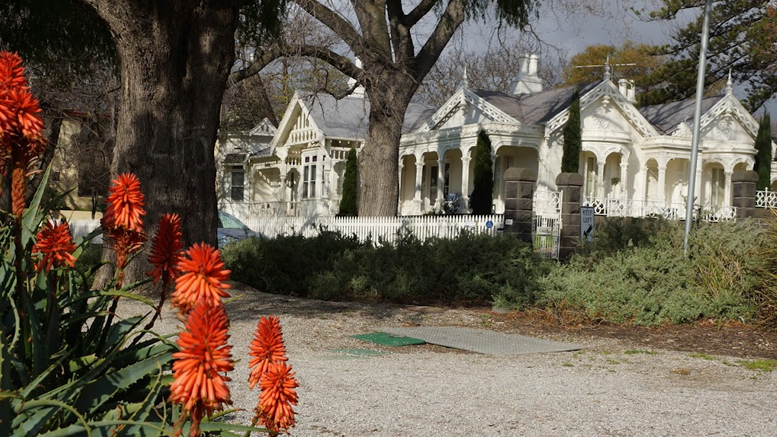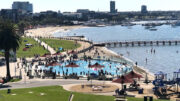 Geelong, located in the south-western parts of Victoria, Australia, has a rich history dating back to the time of the Wathaurong, a large tribe of Australian natives who inhabited the region. However, with the arrival of the first Europeans in 1802, the population of the original Wathaurong inhabitants began to decline.
Geelong, located in the south-western parts of Victoria, Australia, has a rich history dating back to the time of the Wathaurong, a large tribe of Australian natives who inhabited the region. However, with the arrival of the first Europeans in 1802, the population of the original Wathaurong inhabitants began to decline.
Today, the Geelong region proudly preserves numerous words and names from the original Wathaurung aboriginal language in its place and street names. Although these names have been Anglicised over time, we now cherish titles like Moorabool, Gheringhap, Malop, Moolap, Corio, Geelong, Barwon, You Yangs, Bellarine, Colac, Beeac, and Birregurra.
Matthew Flinders, the first known European visitor, explored the Geelong region in 1802. He was followed by explorers Hume and Hovell in December 1824, who were informed by local natives that the bay was called “Jillong” and the land “Corayo.” Over time, the names got reversed.
In 1838, the “Town of Geelong” was established, boasting a population of 545. The town already had essential amenities such as a hotel, general store, church, and a wool store. By 1841, Geelong was exporting wool to England, had its own newspaper (the Geelong Advertiser, which continues to this day), and offered regular steamer services to Melbourne. By 1851, it had become the fifth-largest town in the colony and a busier port than Melbourne.
The gold rush of 1852 played a significant role in expanding Geelong’s importance, leading to a twenty-fold increase in its population. However, challenges like the restrictive sandbar at the entrance to the harbour and a “false map” published by Melbourne merchants, exaggerating the proximity of Ballarat gold fields to Geelong, hindered its progress.
Despite this setback, Geelong became the wool capital of Australia, with bustling ports and waterfront wool stores. Major manufacturing companies like the Alcoa, The Shell Oil Refinery and the Ford Motor Company established their presence in the region, contributing to its economy and growth. While only the Oil refinery remains, now under the ownership of Viva, each company’s contribution to the city is still felt across the region.
Now, as we enter a new century, Geelong is thriving with renewed energy. The long-forgotten waterfront has been transformed into one of the finest precincts in the land, and the region is experiencing its largest population growth and highest confidence levels in decades. Geelong continues to evolve and flourish, retaining its historical significance while embracing a bright future.




